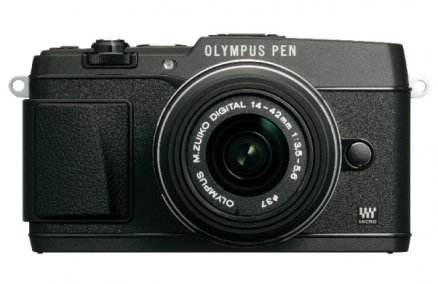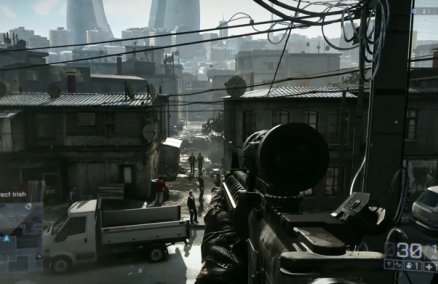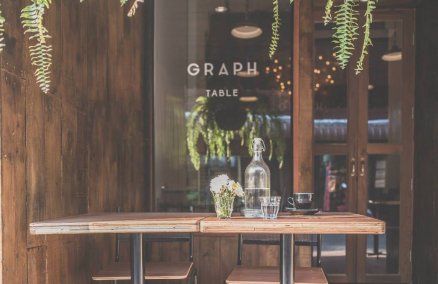MAY
 Borneo Jazz 2011
Borneo Jazz 2011
May 12-15. Sarawak, Malaysia. RM35 -200. www.jazzborneo.com
Formerly known as Miri Jazz, the event features Grammy Award winner John Hammond—who will be inducted into the Blues Hall of Fame on May 4 and is a front-runner for Acoustic Artist of the Year at the Blues Music Awards a day later—as well as multiple Grammy nominee Maria Muldaur, who is perhaps best known for her hit single “Midnight at the Oasis.” Staged at ParkCity Everly Hotel in Miri, the festival will also host musicians from nearly a dozen countries including Australia, Brazil, China, France, India and Japan.
 Sydney Writers’ Festival
Sydney Writers’ Festival
May 16-22. Sydney, Australia. Various prices. www.swf.org.au
Adore poetry, fiction and plays? This annual literary festival promises crowds of over 65,000 people at Pier4/5 and Sydney Theatre at Walsh, partaking in programs headlined by renowned writers. This year’s event features big-name authors such as Pulitzer Prize-winner Michael Cunningham (The Hours, Specimen Days) and Howard Jacobson (The Finkler Questions). Some programs are free.
 Design Festa 33
Design Festa 33
May 14-15. Tokyo, Japan. One day Y800-1,000, two days Y1,500-1,800. www.designfesta.com
Colorful manga figures, cute handcrafted products, cool t-shirts, J-pop/rock concerts, romantic movies and cosplay harajuku girls—you’ll it find all here at Asia’s largest design event. Though taking during a tragic time for Japan, the event, which started in 1994, still promises to feature shows, exhibitions and performances from more than 2,850 talents for the 33rd straight year. As a special event for this year, there will be a postcard sale to raise money for earthquake victims.
 Brass Explosion! 2011
Brass Explosion! 2011
May 27-30. Singapore. Various prices. www.brasssociety.com
For the second year running, Asia’s biggest brass music festival gathers more than 250 international music talents from 15 countries for an eight-day extravaganza. Highlights include the gala concert on May 30 (S$20/50 [B485/1,210]) and the Master of Brass Concert on May 27 (S$20 [B485]) that features Scott Hartman, a trombone professor at Yale, trumpet soloist Paul Archibald from the Royal Academy of Music, tuba player James Gourlay, euphonium soloist David Childs and horn duo Kerry Turner and Kirstina Mascher. Some events are also free of charge.
 Varekai by Cirque du Soleil
Varekai by Cirque du Soleil
Through May 29. Seoul, South Korea. KRW60,000-220,000 (B1,661-6,090). Jun 22-Jul 10. Manila, Philippines. PHP2,700-6,500 (B1,870-B4,500). www.cirquedusoleil.com
As the world’s most-celebrated circus and acrobat troupe, Cirque du Soleil’s productions are nothing if not extravagant. Touring Asia now is their show Varekai, which means “wherever” in Romany. First premiered in 2002, Varekai portrays the adventure of a fallen angel in a lush jungle. May is the last chance to catch the show in Seoul, South Korea, before it premieres in Manila in June.
JUNE
 Melbourne International Jazz Festival
Melbourne International Jazz Festival
Jun 4-13. Melbourne, Australia. www.melbournejazz.com
A baby at just five years old, the Melbourne Jazz Festival nevertheless pulls in music lovers with its list of visiting jazz talents. This year you’ll get to experience shows by the Ron Carter Trio, Chris Botti, Sonny Rollins and the Hypnotic Brass Ensemble, among others.
 Bali Arts Festival
Bali Arts Festival
Jun 12-Jul 10. Bali, Indonesia. www.baliartsfestival.com
This month-long arts festival is the largest cultural event in Denpasar, the capital city of Bali. Now in its 33rd year, the Bali Arts Festival is bringing together local art forms and artist from several villages on the island to showcase their folk performances, dances and music as well as handicraft products and textiles. Showcases change daily so check the schedule prior to your visit.
 Shanghai International Film Festival
Shanghai International Film Festival
Jun 11-19. Shanghai, China. www.siff.com
Started in 1993, the Shanghai International Film Festival is China’s premier movie event. Apart from the line up of international flicks competing for the Golden Goblet Award, the event will feature six classic films by Polish director Krzystof Kieslowski (The Decalogue, Threee Colours) to commemorate his 100th anniversary, 15 years after his death.
JULY
 Gion Matsuri
Gion Matsuri
Jul 1-31. Kyoto, Japan. www.yokosojapan.org
According to legend, it all started around 869 CE when there was an epidemic in Tokyo and people had festive ceremonies in the streets to appease the gods. The celebration has been continuing till the present day and has become Kyoto’s largest festival. Though the festival lasts the whole month of July, the grandest highlight is on Jul 17 when there’s the Yamaboko Parade where thousands of people parade through the streets playing traditional music and carrying offerings for the gods. One of the most popular tourist activities is dressing up in traditional kimonos and, well, just going with
 Rainforest World Music Festival
Rainforest World Music Festival
Jul 8-10. Sarawak, Malaysia. One day RM85-110, three-day RM260. www.rainforestmusic-borneo.com
Now in its 14th year, the Rainforest World Music Festival is ranked one of the top 25 international festivals by UK-based world music magazine, Songlines. Set at the base of Gunung Santubong in the Sarawak Cultural Village, this year’s festival features performers from nearly two dozen countries, from Algeria to Vanuatu.
 Night Festival
Night Festival
Jul 16-17, 7pm-2am. National Museum of Singapore. Singapore.
It’s just like Night at the Museum—minus the walking dinosaurs and talking mummies. Apart from the National Museum staying open until late, there will be special exhibitions, films, art and cultural performances and some acrobatic shows. The theme this year is peace.
 Melbourne International Film Festival
Melbourne International Film Festival
Jul 21-Aug 7. Melbourne, Australia. Various prices.
www.melbournefilmfestival.com.au
Founded in 1951, MIFF is celebrating its 60th anniversary in 2011. Ranked the largest film festival in Australia, the MIFF showcases more than 400 films from international directors—everything from large-scale productions to short films and documentaries. The exact line-up is still pending, but expect the event to showcase its impressive archive of the award-winning films.






















